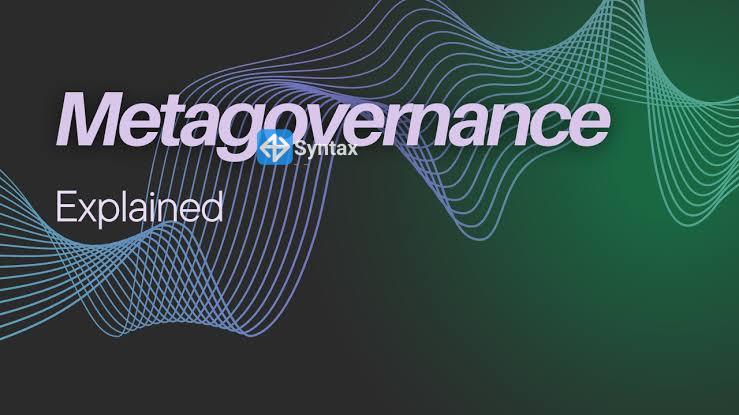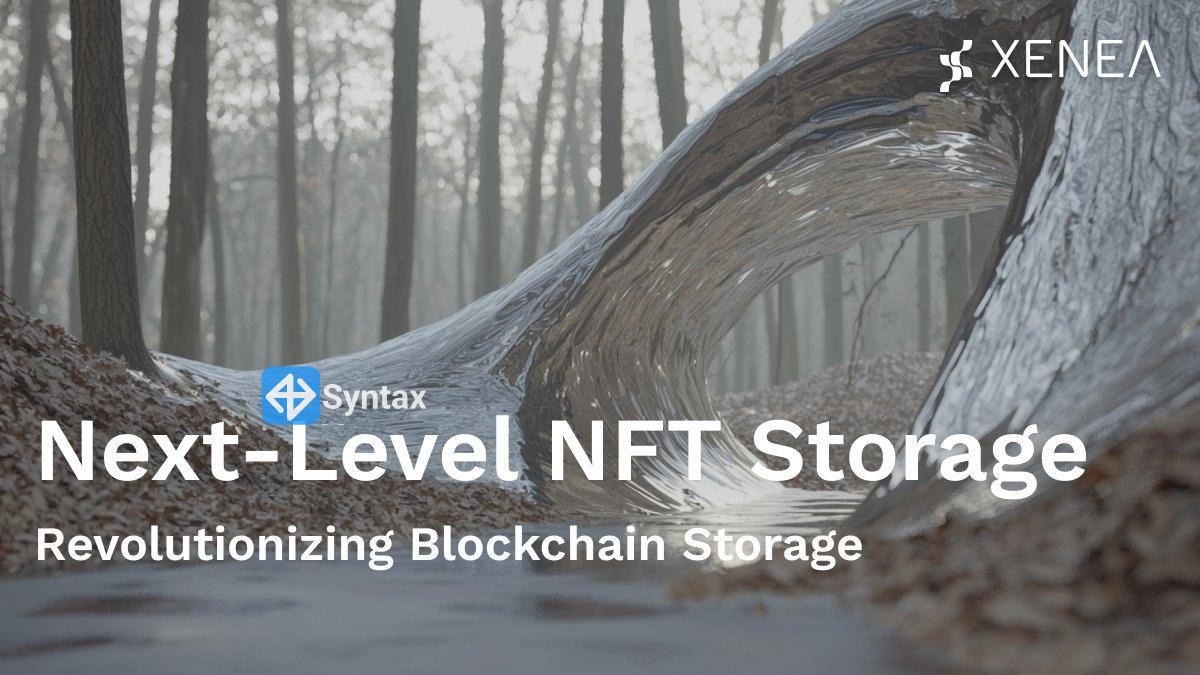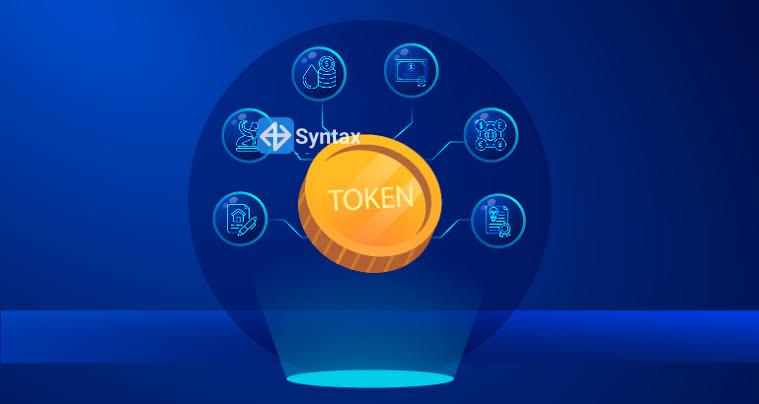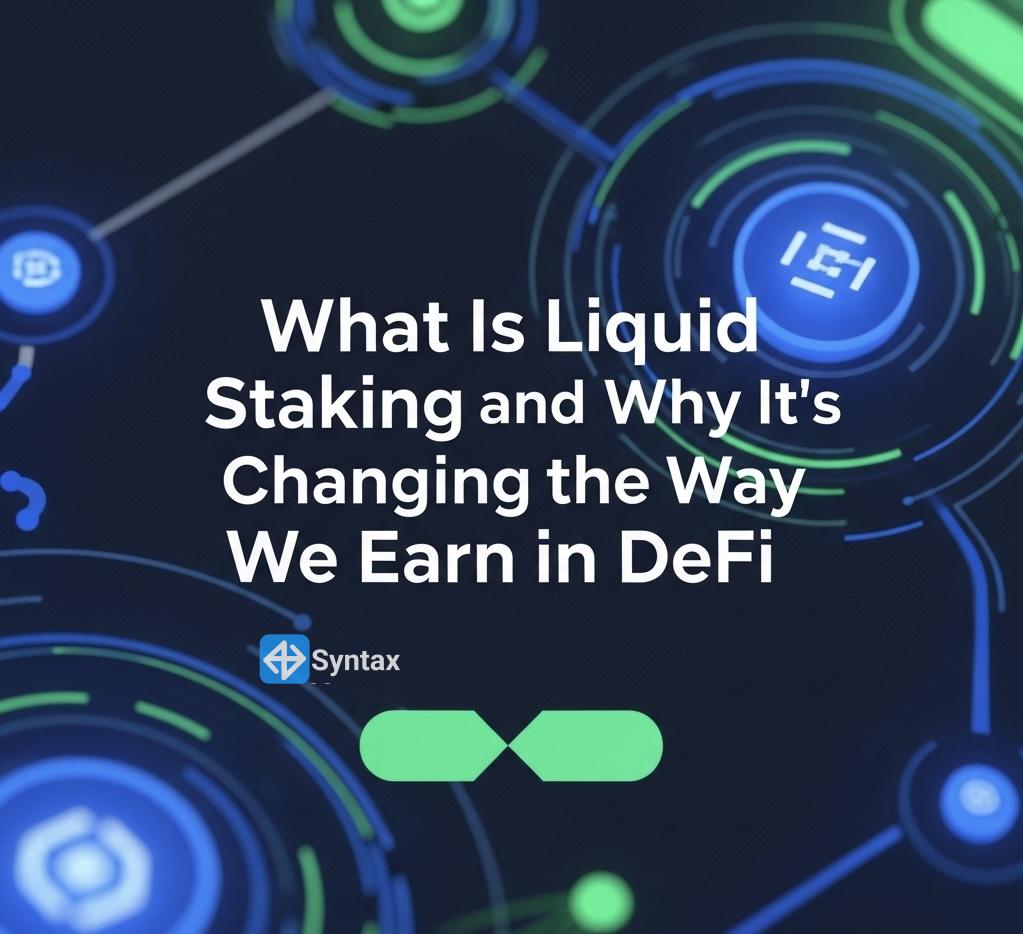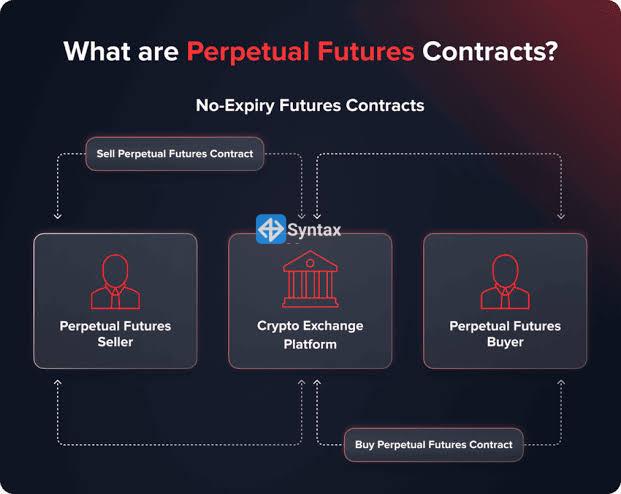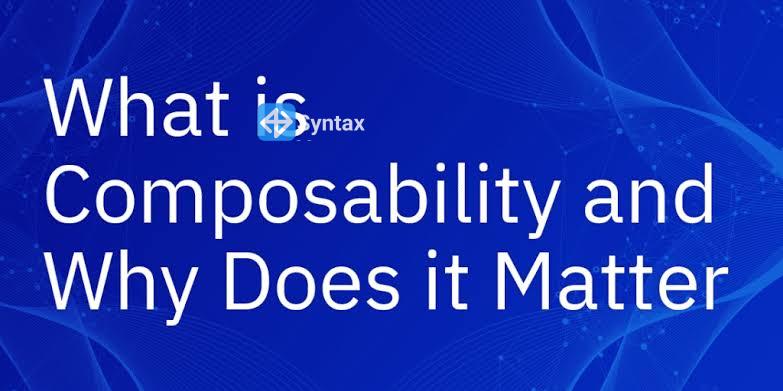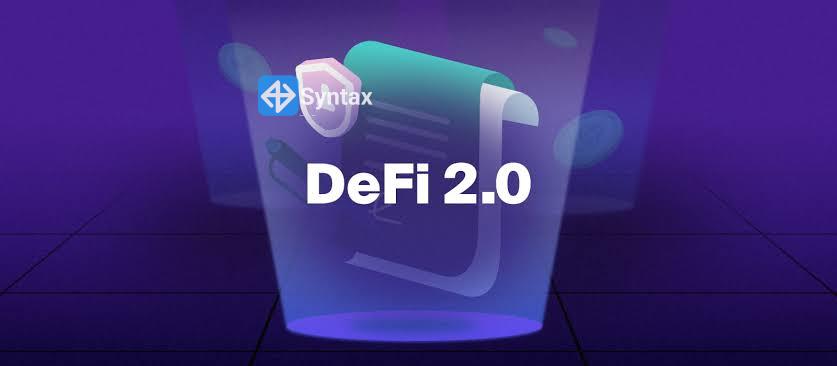As the world of decentralized finance (DeFi) grows, more users are turning to decentralized exchanges (DEXs) to swap tokens without relying on intermediaries. But if you've ever made a trade on a DEX like Uniswap or PancakeSwap, you may have noticed that the final price you received wasn’t exactly what you expected. This difference is called slippage and it’s a concept every crypto trader should understand.
In this article, we’ll break down what slippage means, why it happens, and how you can manage or reduce its impact when trading on a DEX.
What Is Slippage?
Slippage refers to the difference between the expected price of a trade and the actual price at which the trade is executed. It typically occurs when there’s a change in the price between the time a trade is submitted and when it’s confirmed on the blockchain.
In DEXs, this is common because prices are determined by algorithms (like Automated Market Makers or AMMs) and liquidity pools, not by traditional order books.
Why Does Slippage Happen?
Several factors can lead to slippage:
- Low Liquidity: If a liquidity pool doesn’t have enough tokens to support large trades, the price can shift dramatically when you try to buy or sell, resulting in slippage.
- Market Volatility: In fast-moving markets, token prices can change within seconds. Between the time you submit your transaction and when it gets confirmed, the price might move against you.
- Transaction Delays: Since blockchain transactions need to be validated, any network congestion or delayed confirmations can increase the chance of slippage.
- Large Trade Size: The bigger the trade relative to the size of the liquidity pool, the more price impact it can cause, leading to higher slippage.
Why Slippage Matters
Slippage can significantly affect your profits or costs, especially for large trades or during high market activity. Here’s why it’s important:
- Hidden Costs: Even if the fees look low, slippage can eat into your trade value without being immediately obvious.
- Front-Running Risks: Bots can spot your transaction in the mempool and jump ahead of it, changing the price and increasing slippage.
- Failed Transactions: If slippage tolerance settings are too low, your trade might fail, wasting time and gas fees.
How to Reduce Slippage
- Set Slippage Tolerance Wisely: Many DEXs allow you to set a slippage tolerance. Lower tolerance gives you more control, but higher tolerance increases the chance your trade will succeed.
- Avoid Trading During Volatility: Try to swap when the market is calm to avoid sudden price movements.
- Split Large Trades: Instead of swapping a large amount at once, consider breaking it into smaller trades to reduce price impact.
- Use DEX Aggregators: Platforms like 1inch or Matcha scan multiple DEXs to find the best rates and lowest slippage.
In the world of DeFi, knowledge is power, and slippage is one of those behind-the-scenes factors that can make a big difference in your crypto journey.




